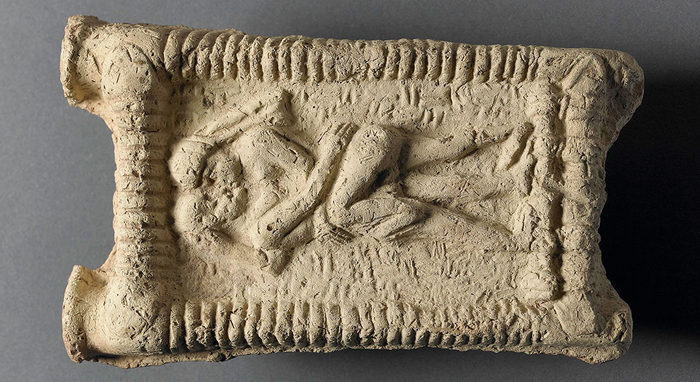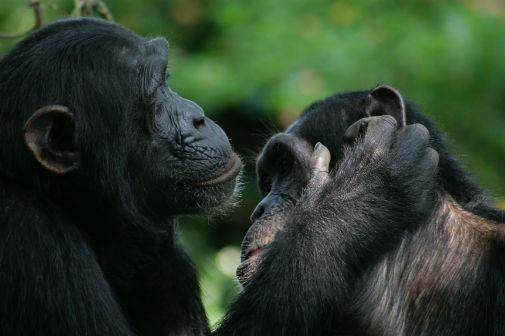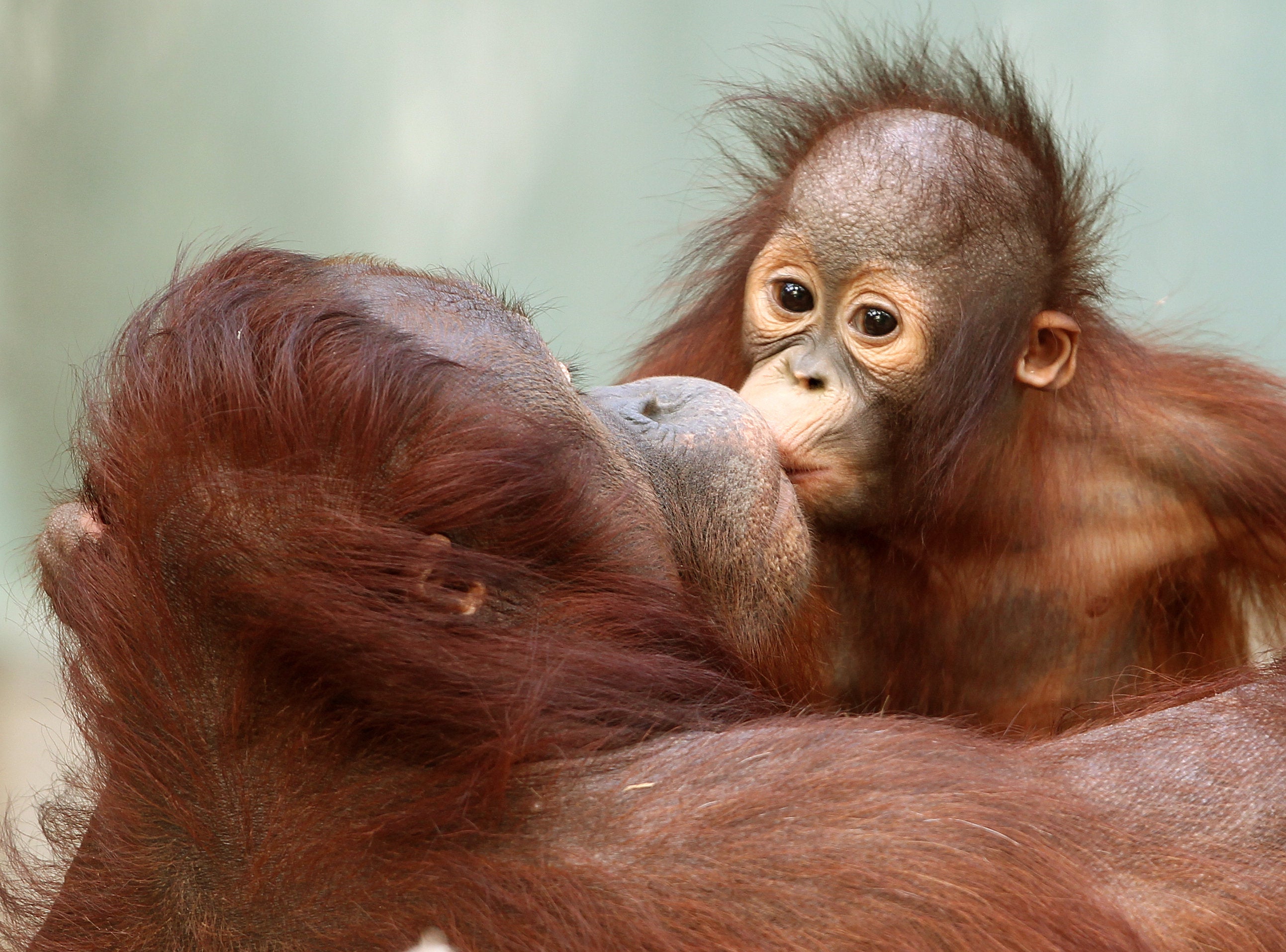Scientists decode when and how kissing evolved in humans – and it’s gross
Behaviour likely emerged from early humans sucking lips to remove parasites while grooming, researchers say
Your support helps us to tell the story
From reproductive rights to climate change to Big Tech, The Independent is on the ground when the story is developing. Whether it's investigating the financials of Elon Musk's pro-Trump PAC or producing our latest documentary, 'The A Word', which shines a light on the American women fighting for reproductive rights, we know how important it is to parse out the facts from the messaging.
At such a critical moment in US history, we need reporters on the ground. Your donation allows us to keep sending journalists to speak to both sides of the story.
The Independent is trusted by Americans across the entire political spectrum. And unlike many other quality news outlets, we choose not to lock Americans out of our reporting and analysis with paywalls. We believe quality journalism should be available to everyone, paid for by those who can afford it.
Your support makes all the difference.Kissing in humans evolved as a symbolic expression of love from grooming behaviours seen in ancestral great apes, a comprehensive new study says.
The kiss has been a versatile way by which humans across civilisations and societies have shown affection, intimacy, or social bonding, most often in a way that is regulated by cultural conventions.
A study published last year points to Mesopotamia around 4,500 years ago as one of the earliest known places where kissing was a “well-established practice”.
Thousands of clay tablets recovered from early human cultures that lived between the Euphrates and Tigris rivers in modern-day Iraq and Syria reveal that kissing was considered a part of romantic intimacy during these times.
However, how exactly our species began communicating affection this way remains a topic of debate.

One theory suggests kissing evolved from nurturing care behaviors like premastication in which caregivers feed infants with pre-chewed food.
Another relates the act to have evolved as a kind of compatibility test in which potential mates tasted and sampled each other orally to determine health.
In the new study, published in the journal Evolutionary Anthropology, scientists conducted a comprehensive review of such existing hypotheses to explore the roots of this intimate behaviour in humans.
The analysis also looked at parallels in the animal world of behaviour similar in form and function to human kissing.

Researchers noticed that the final act of grooming in our hairy ape ancestors involves protruding lips and slight suction to remove debris or parasites.
While humans evolved to have less body hair, this final act that scientists call the “groomer’s final kiss” may have remained without its hygienic relevance as a “vestigial action”, scientists say.
This act involving protruding lips and suction mirrors the context and function of modern human kissing, they say.

“Great ape social behaviour suggests that kissing is likely the conserved final mouth-contact stage of a grooming bout when the groomer sucks with protruded lips the fur or skin of the groomed to latch on debris or a parasite,” researchers write.
“What was once a time- and labour-intensive ritual to cement and strengthen close social ties became gradually compressed until a groomer’s final kiss turned into a crystalised symbol of trust and affiliation,” they say.
With this theory, scientists speculate kissing was established among human ape ancestors as they started spending considerable time on the ground away from trees.
This could have come “only after” ancient climate change shifted ecology from forested habitats toward drier and more open landscapes, researchers say.
Subscribe to Independent Premium to bookmark this article
Want to bookmark your favourite articles and stories to read or reference later? Start your Independent Premium subscription today.

Join our commenting forum
Join thought-provoking conversations, follow other Independent readers and see their replies
Comments